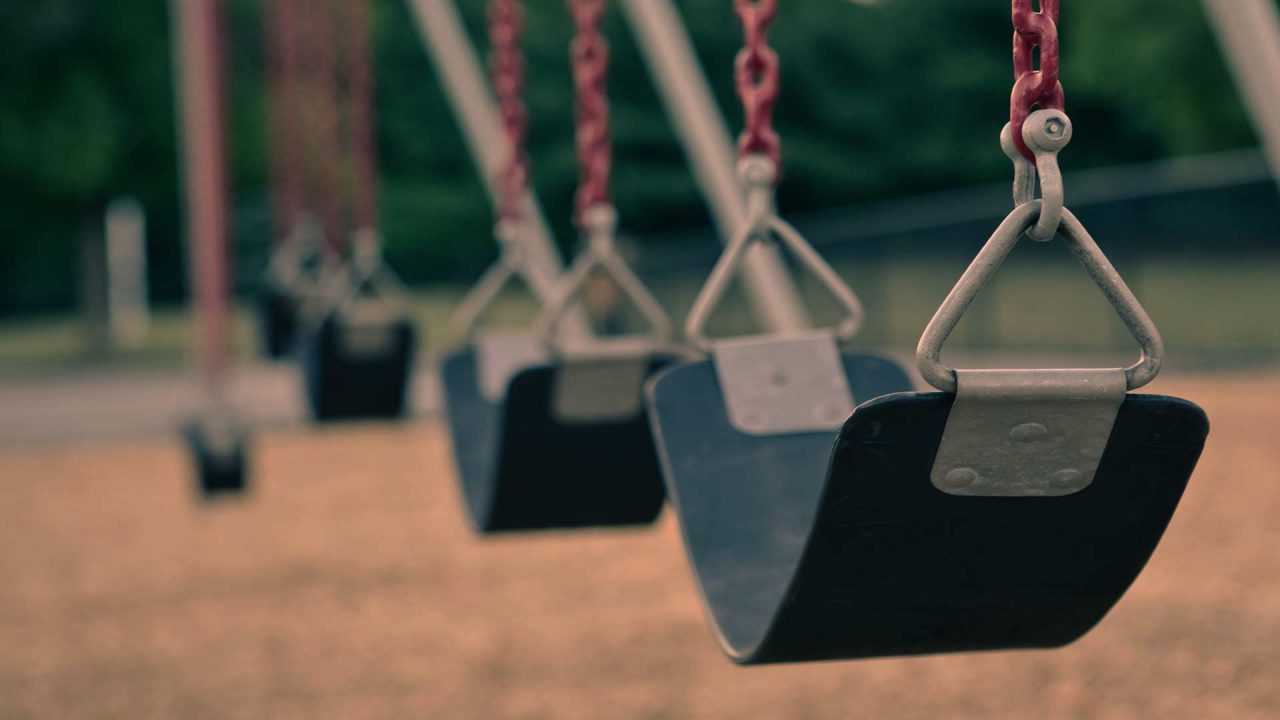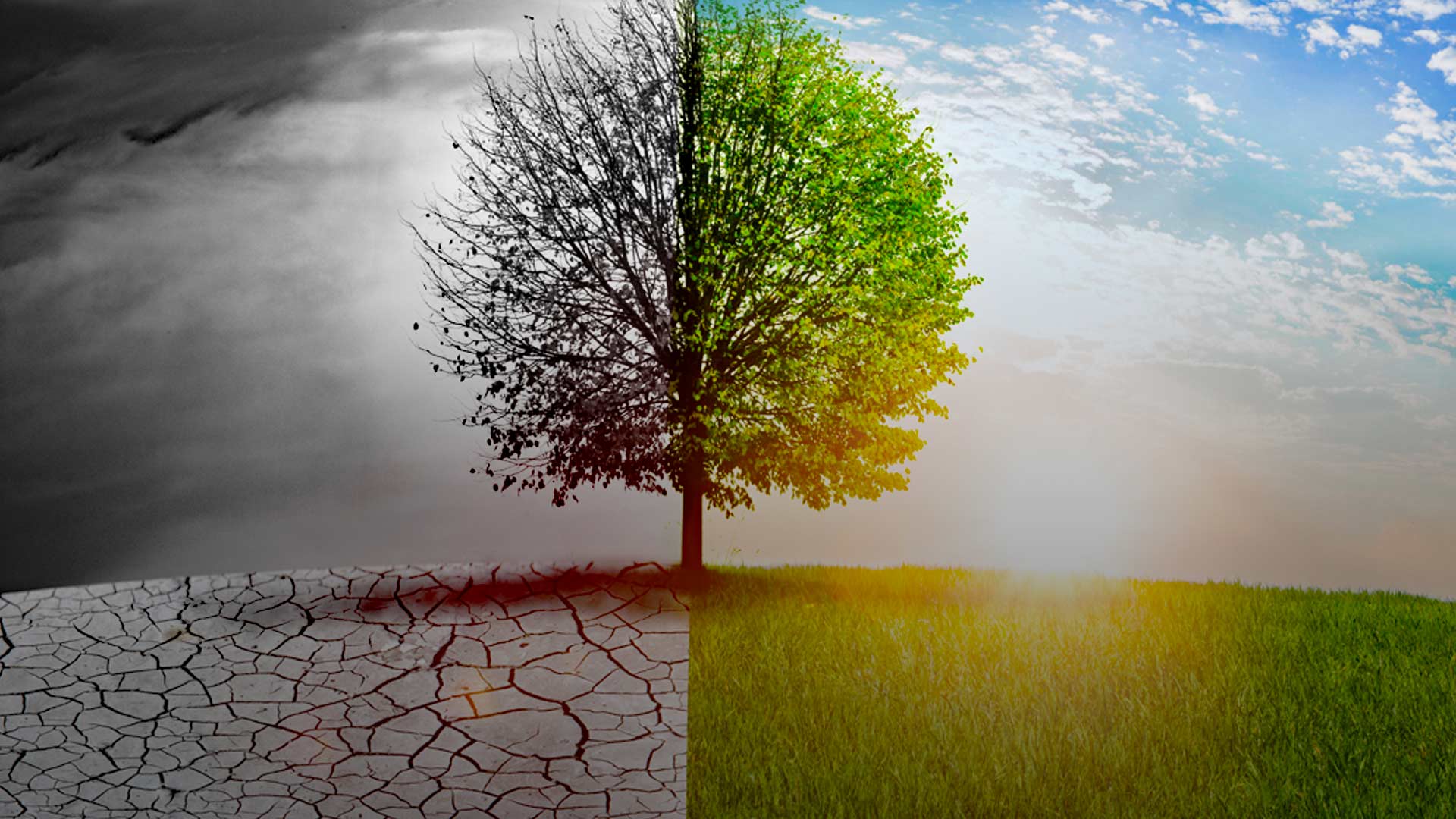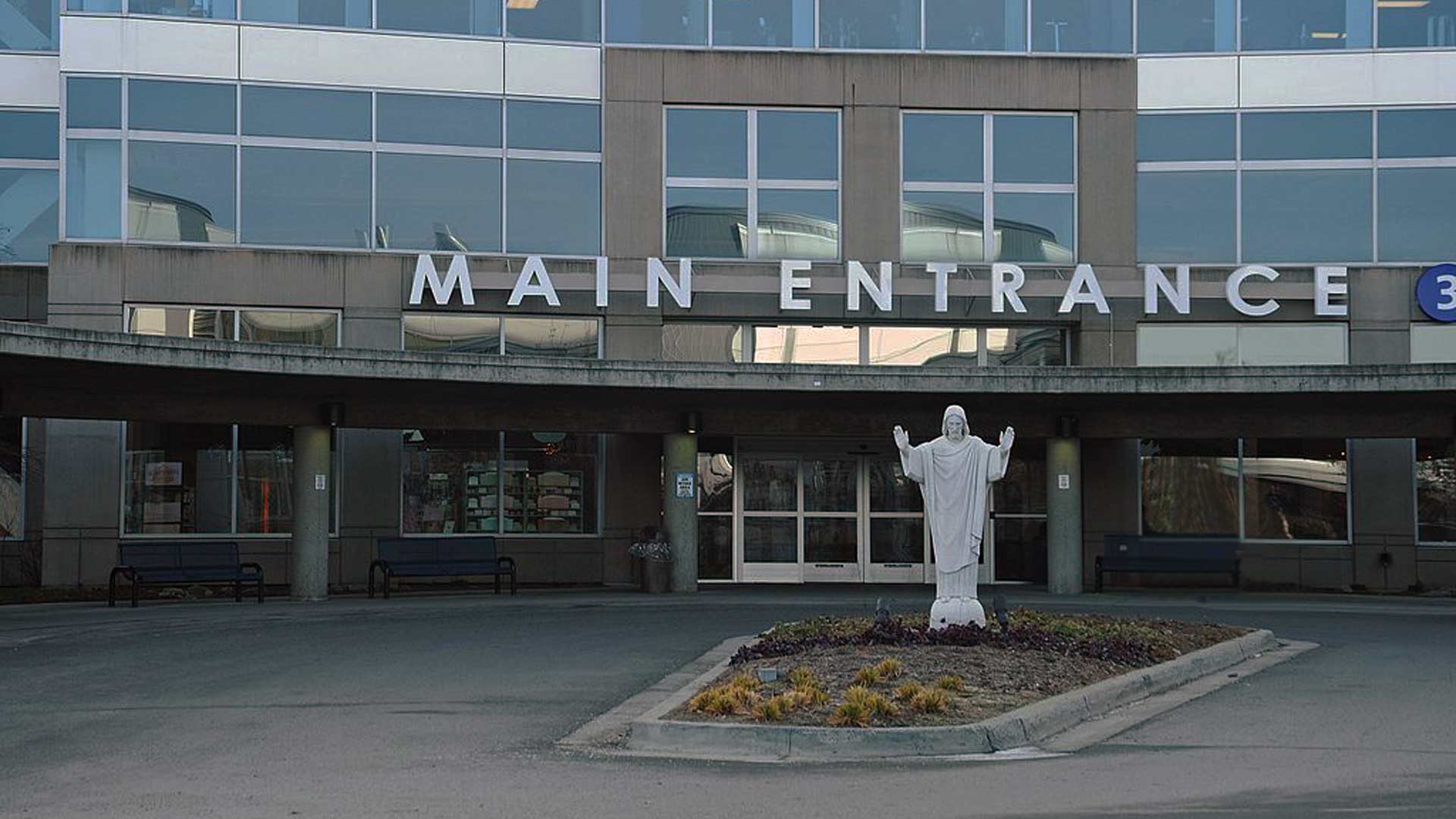
With fewer Alaskans choosing to have children the state’s population is expected to begin a decades-long decline in most areas. Overall, thanks mostly to growth in the Mat-Su, Alaska’s population is predicted to slightly increase by 24,800 people through 2050, for a total population of 759,111.
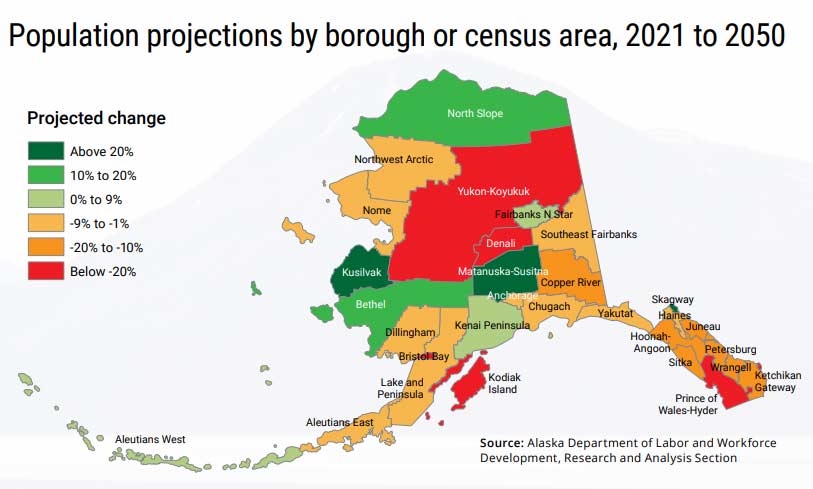
The latest population projection comes from a new report by the Alaska Dept. of Labor & Workforce Development, which notes that future population growth is “far less” than the 147,000 people who poured into Alaska over the previous 29 years.
In fact, Alaska’s enjoyed a long growth streak which extended into the early 2010s, but then began to shrink for the first time since the oil crash of the 1980s.
Since 2012, more people have left Alaska than moved in. This, combined with declining birth rates has led to lower populations since 2015.
Unlike earlier reports, the latest finding focused more on Alaska’s low birth rates.
“In 2019, Alaska births fell below 10,000 for the first year since 2002 and have continued to decline,” the report notes. “While birth rates have been on a steady decline, the drop in annual births is also tied to Alaska’s changing age structure. Millennials, the large generation born between 1981 and 1996, are beginning to age out of their most fertile years.”
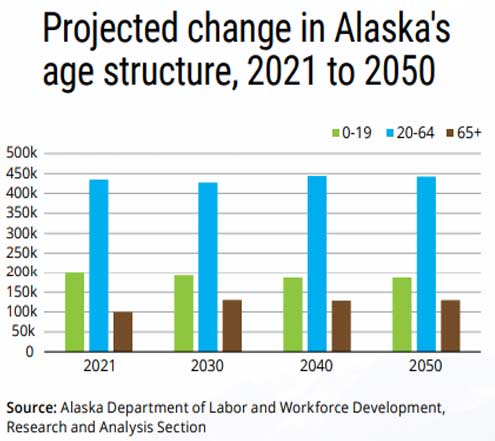
Overall, Alaska’s total fertility rate – the number of children a woman would have in her lifetime at today’s age-specific rates — was 2.2 in 2015. It’s now 1.9.” That’s below the replacement rate required to maintain a steady population over time.
The Mat-Su Valley, which is known for its larger families and more conservative political and social climate, is one of the few areas expected to see considerable growth over the next three decades. This area is predicted to increase by nearly 39,000 people. All other areas of the state combined will see a decrease of about 14,000 residents.
Anchorage alone is expected to lose more than 9,800 residents, and the Southeast region, which includes Juneau, Ketchikan and other areas is predicted to lose roughly 9,400 residents.
The population loss will be most apparent among Alaska’s school-age children. Those 19 years and younger will decline gradually until 2025 and then will begin to drop by 6% by 2035 before leveling off through 2050.
“Because births have fallen below replacement level, they can no longer offset the numbers aging out of childhood,” the report observes. “This age group may decline even more than we’ve projected because these projections hold fertility rates constant despite birth rates decreasing steadily.”
ALASKA WATCHMAN DIRECT TO YOUR INBOX
How the loss of children impacts future educational funding, school building projects and youth programs remains to be seen, but Alaska is entering a pronounced and extended period in which the state’s overall population will age considerably.
In fact, the fasted growing group will likely be those 65 years and older. This population topped 100,000 for the first time in 2021 and will grow the fastest through 2050.
Click here to read the full report.
